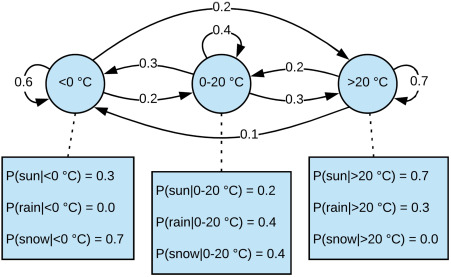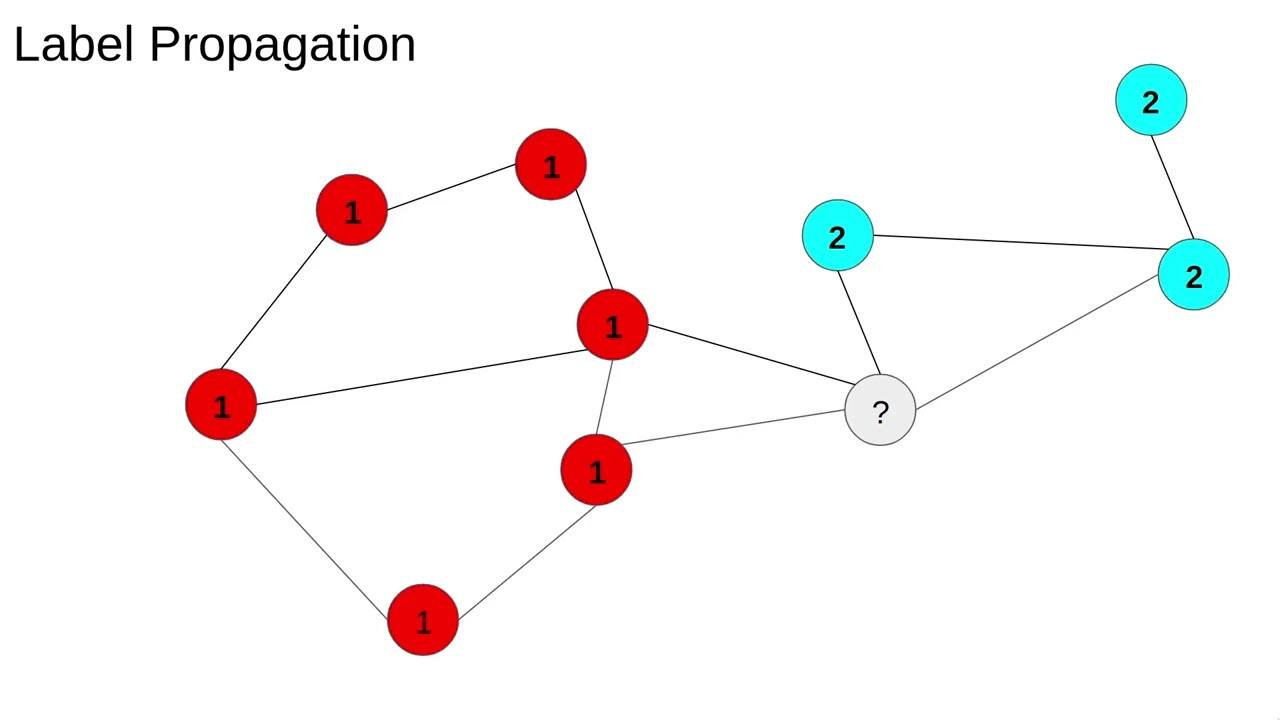A Brief History: Who Developed It? The Completeness Score, a clustering evaluation metric, was introduced to enhance machine learning analysis. It builds on foundational works like the Rand Index and Mutual Information Score: these earlier methods laid the groundwork for …
A Brief History: Who Developed Lasso Regularization? Lasso regularization, also known as Least Absolute Shrinkage and Selection Operator, was introduced by Robert Tibshirani in 1996 to address the challenges of feature selection and overfitting in regression models. Developed within the …
A Brief History: Who Developed It? K-Means clustering was introduced in the 1950s by Stuart Lloyd for signal processing and later refined in the 1970s by James MacQueen for data analysis. Today, it is a cornerstone in machine learning clustering …
A Brief History: Who Developed Early Stopping? Early stopping emerged in the field of neural networks and statistical learning during the late 20th century. It was developed to address the challenge of overfitting in iterative optimization algorithms. Though not attributed …
A Brief History of Generative Gaussian Mixtures Generative Gaussian Mixtures, rooted in probability and statistics, trace back to Carl Friedrich Gauss’s pioneering work on Gaussian distributions. These principles were later integrated into machine learning algorithms, such as Expectation-Maximization, to advance …
A Brief History of This Tool Markov Chains, introduced by Russian mathematician Andrey Markov in 1906, revolutionized stochastic modeling: his work on probability transitions provided a framework for analyzing dynamic systems. Today, Markov Chains are foundational in machine learning, financial …
A Brief History: Who Developed Hidden Markov Models (HMMs)? Hidden Markov Models were introduced in the 1960s by Leonard E. Baum and colleagues. These models have become pivotal in various industries, from speech recognition to bioinformatics, thanks to their adaptability …
A Brief History of Label Propagation: Who Developed It? The concept of label propagation originated in graph theory, a mathematical framework for analyzing connections in networks. It became a pivotal technique in semi-supervised learning, which utilizes both labeled and unlabeled …
Imagine building a toy car: each part—the wheels, the engine, the body—plays a specific role in its performance. Similarly, the features of a machine learning model are its building blocks, extracted from data, that enable accurate predictions. Understanding features is …
Hidden Markov Models (HMMs) are essential in predictive analytics, solving real-world challenges in speech recognition, bioinformatics, and financial forecasting. This blog explores HMM parameter estimation, a fundamental concept in sequence modeling. A Brief History: Who Developed It? HMMs were introduced …











